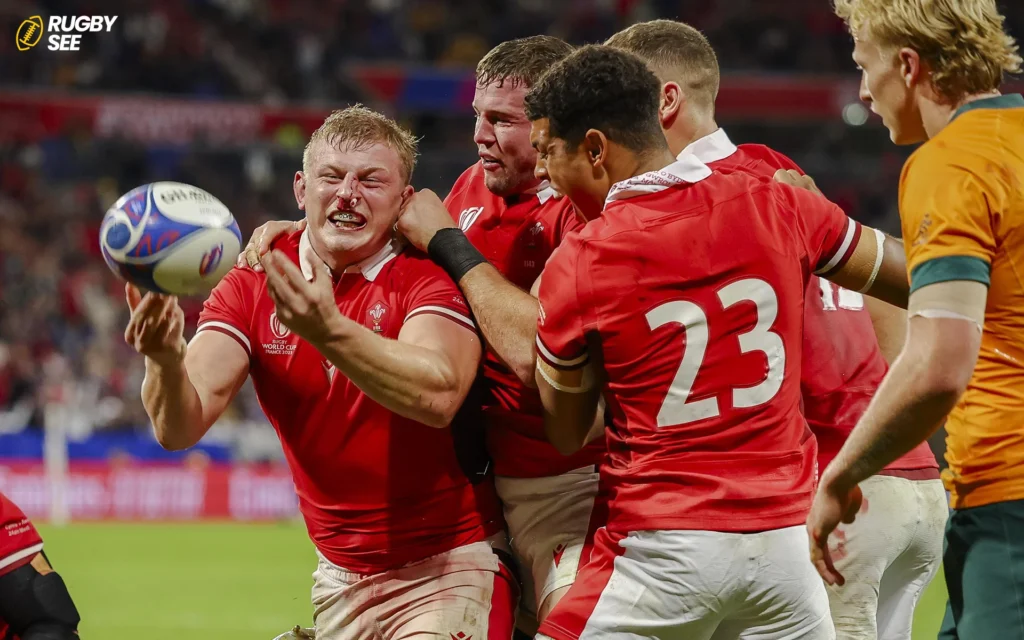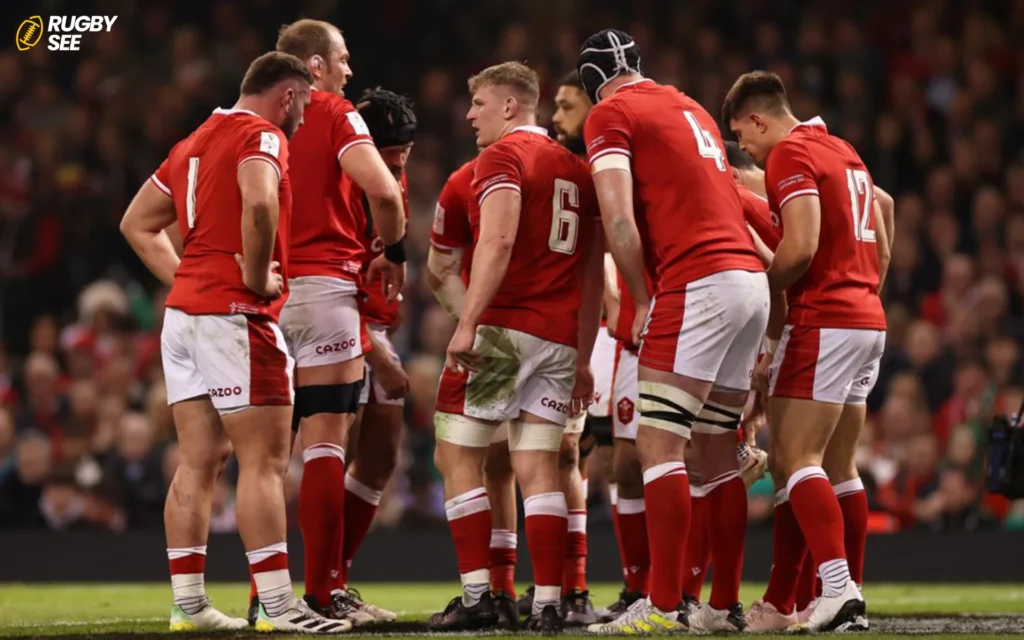The Six Nations Championship, one of rugby union’s most prestigious tournaments, captivates fans across the globe with its thrilling matches between England, France, Ireland, Italy, Scotland, and Wales. A common question among newcomers and seasoned fans alike is, “How long is a Six Nations rugby match?” This article provides a comprehensive overview of match durations within the Six Nations context, explaining not just the basic timing but also factors that can extend the length of a game.
The Basic Structure of a Six Nations Match
A standard Six Nations rugby match is divided into two halves, each lasting 40 minutes, with a halftime break in between. This break typically lasts about 15 minutes, making the total playtime around 80 minutes. However, the actual duration of a match can be longer due to various factors, such as stoppages for injuries, the ball going out of play, and the time taken for set-pieces like scrums and lineouts.
Stoppage Time
One of the unique aspects of rugby, including Six Nations matches, is how it handles stoppage time. Unlike some sports where the clock stops for various interruptions, the clock in rugby keeps running. However, the referee can add extra time at the end of each half to compensate for significant stoppages. This added time ensures that the ball is in play for as close to 80 minutes as possible, though the exact amount of stoppage time is at the referee’s discretion.
Injury Time
Injuries are a common occurrence in the physically demanding game of rugby. When a player is injured, medical personnel may enter the field to provide treatment, which can lead to additional stoppage time being added. In severe cases, this can significantly extend the length of the match.

Set Pieces and Replays
Set pieces, such as scrums and lineouts, are integral to rugby union games and can also affect the duration of a match. These elements of play often require precise setup and execution, leading to pauses in the action. Additionally, the use of the Television Match Official (TMO) for reviewing contentious or unclear plays can add to the overall match time. While these reviews help ensure fair play, they also contribute to extending the length of a game beyond the standard 80 minutes.
How Long Does a Six Nations Match Last?
Considering the factors mentioned above, a Six Nations rugby match can last anywhere from 80 to over 100 minutes. The exact duration varies from game to game, depending on the flow of play, the number of stoppages, and the decisions made by the referee and TMO.
Additional Time Considerations
Beyond the match itself, several pre-match and post-match traditions and requirements can add to the overall time commitment for teams and fans. Pre-match ceremonies, including national anthems and team introductions, as well as post-match interviews and celebrations, contribute to the event’s total duration, creating a rugby experience that extends well beyond just the 80 minutes of play.
The Fan Experience
For fans attending a Six Nations match or watching from home, the extended duration of a game can enhance the experience, offering more time to savor the atmosphere, tension, and excitement that rugby union provides. Fans should prepare for a match day experience that can last several hours, especially when considering pre-game and post-game activities.
The Role of Extra Time in Knockout Stages
While the Six Nations Championship format does not typically involve extra time since matches can end in a draw during the league phase, it’s useful to understand how extra time operates in other rugby union contexts for comparison. In knockout competitions, if a match is tied at the end of regular time, extra time is played to determine a winner. This consists of two halves, usually 10 minutes each, followed by sudden death or a kicking competition if the scores remain level. Though not applicable to the Six Nations, this format underscores the sport’s adaptability and commitment to finding a decisive outcome in critical matches.

Time Management and Strategy
The way time is managed in rugby, including Six Nations matches, plays a crucial role in team strategies. Coaches and players must be adept at making real-time decisions that consider the remaining playtime. For instance, deciding whether to kick for goal, attempt a drop goal, or push for a try can depend significantly on the match clock and the score differential. This strategic element adds another layer of complexity and excitement to the game, as teams must balance aggression with the practicalities of the clock and if you want to know about Popularity of Rugby read which rugby is more popular.
The Impact of Weather
Weather conditions can also influence the duration and flow of a Six Nations match. Inclement weather, such as rain or snow, can slow down play, lead to more stoppages, and necessitate additional time for scrums, lineouts, and rucks to be safely and effectively executed. Referees may also need to pause the game more frequently to address safety concerns, such as slippery balls or hazardous pitch conditions, further extending the length of a match.
The Evolution of Game Duration
Over the years, the duration of rugby matches, including those in the Six Nations, has seen adjustments due to changes in rules and the introduction of new technologies like the TMO. These developments aim to improve the accuracy of officiating and the safety of players, even if they occasionally lengthen the game. The balance between maintaining a fast-paced, engaging sport and ensuring fairness and player welfare is a continual challenge for rugby’s governing bodies.
Preparing for a Six Nations Match
For fans planning to attend or watch a Six Nations match, considering the potential length of the game is essential for a complete and enjoyable experience. This means allocating enough time to absorb the pre-game atmosphere, understand the nuances of play, and celebrate the post-match festivities. It also involves practical considerations like meal planning and transportation, especially for those attending the game in person.
The Cultural Significance of Match Day
Finally, the extended nature of a Six Nations match day plays into the cultural significance of rugby in the participating countries. Rugby is more than just a game; it’s a social event that brings together families, friends, and communities. The rituals associated with match day, including gatherings in homes, pubs, and stadiums, are an integral part of the rugby tradition. The anticipation before the game, the communal experience of watching it, and the discussions and celebrations afterward contribute to the deep emotional and cultural connections fans have with rugby.

A Six Nations rugby match is officially 80 minutes long, divided into two 40-minute halves with a 15-minute halftime break. However, due to stoppages for injuries, reviews, and set pieces, the actual duration can extend well beyond this. While the core action is contained within these 80 minutes, the complete rugby experience, including pre-match and post-match activities, makes a Six Nations match day an extended celebration of the sport and if you want to know about Countries That have Rugby read what countries have rugby.
For newcomers to rugby, understanding the timing and structure of the game is crucial for fully appreciating the nuances and flow of a match. Meanwhile, seasoned fans know to expect a blend of strategy, physicality, and drama that often spills over the nominal 80-minute mark, adding to the excitement and unpredictability of the Six Nations Championship. Whether you’re watching from the stands or from home, a Six Nations match offers a captivating spectacle of rugby at its finest, showcasing the skill, strength, and spirit of six proud rugby nations.










